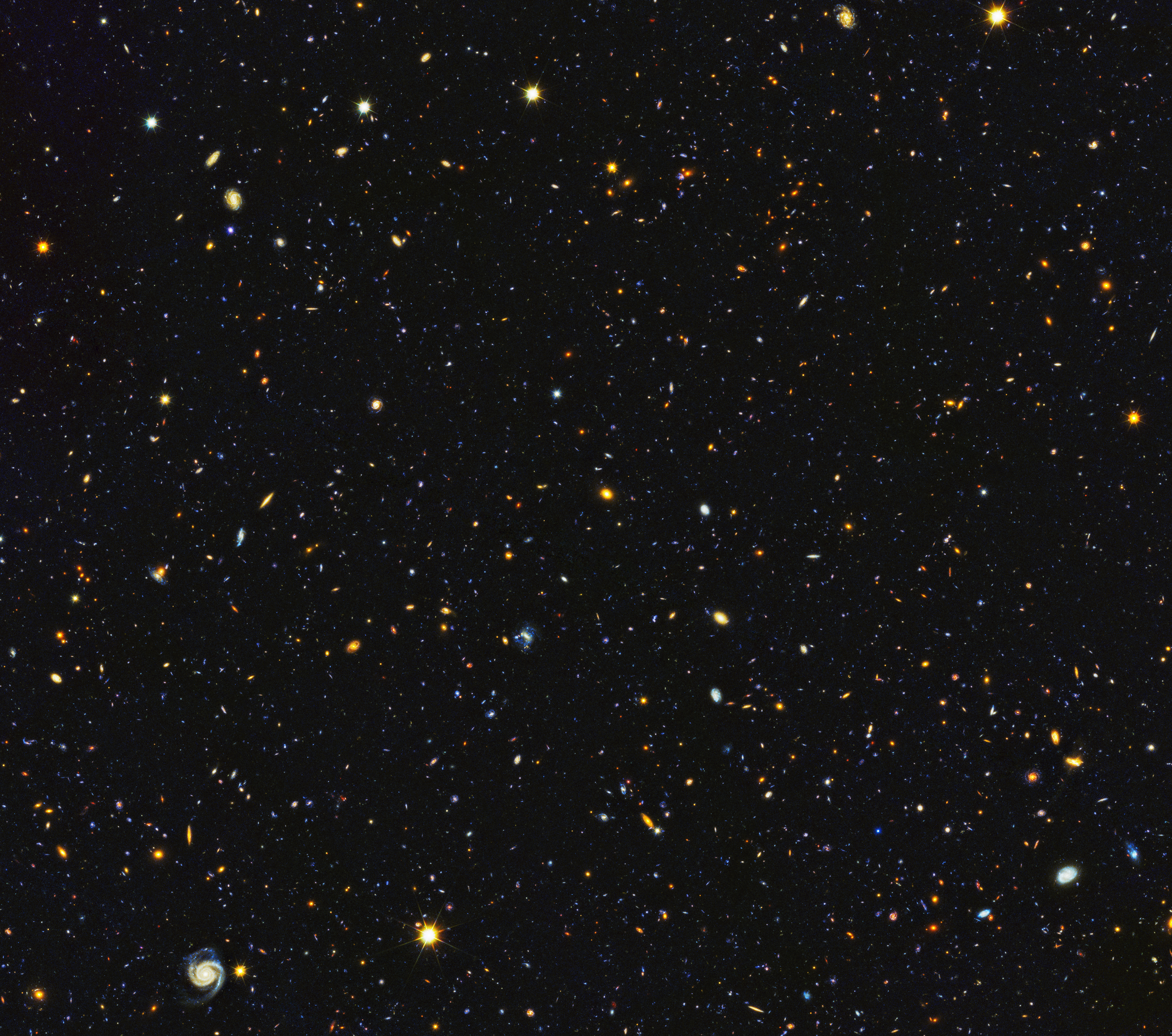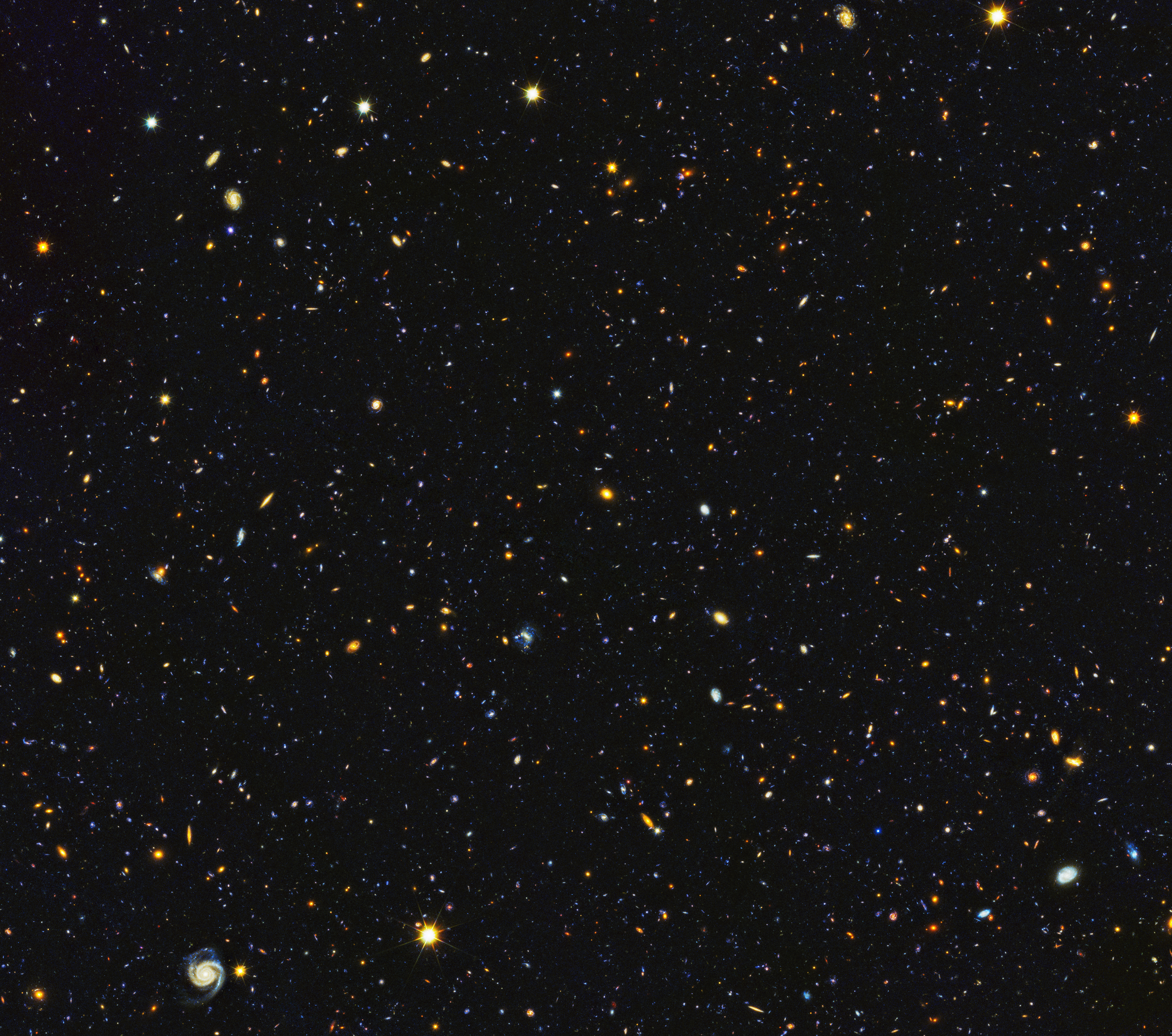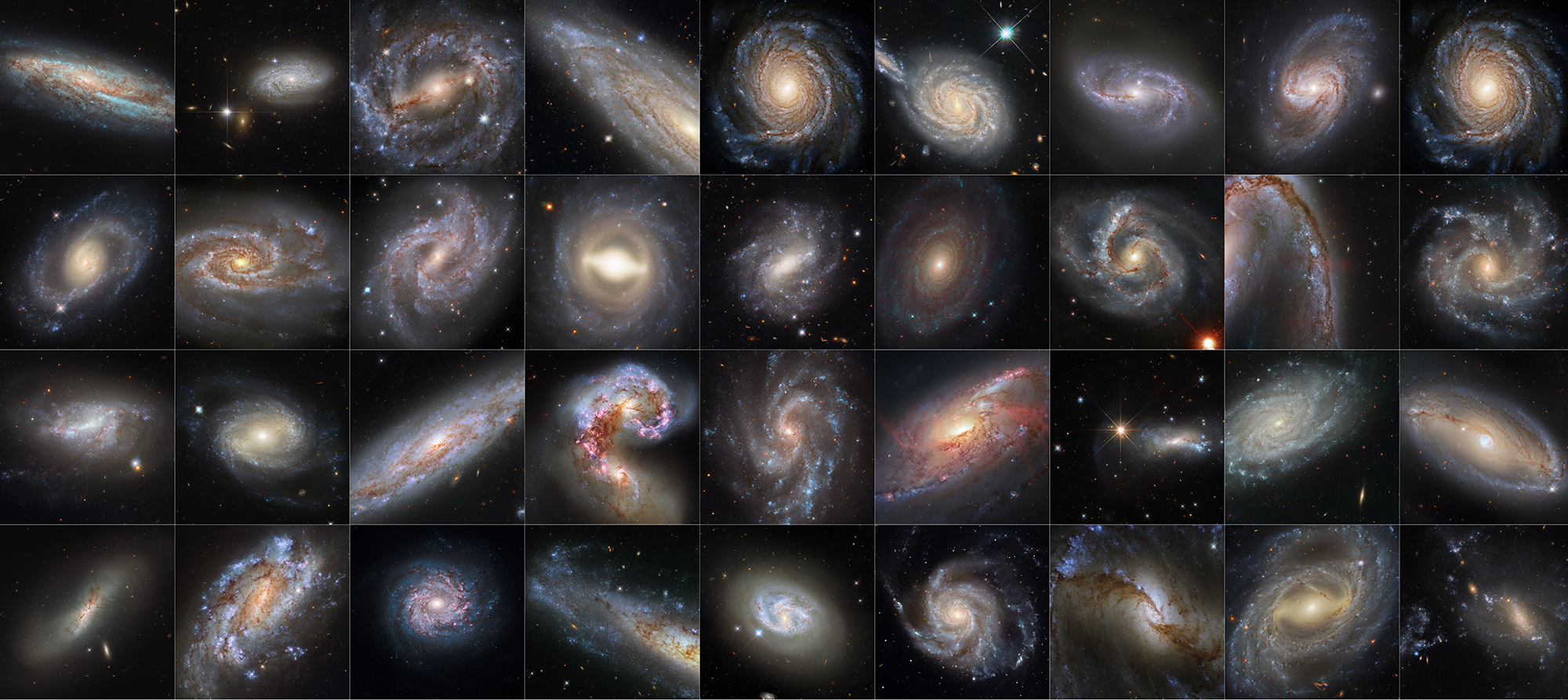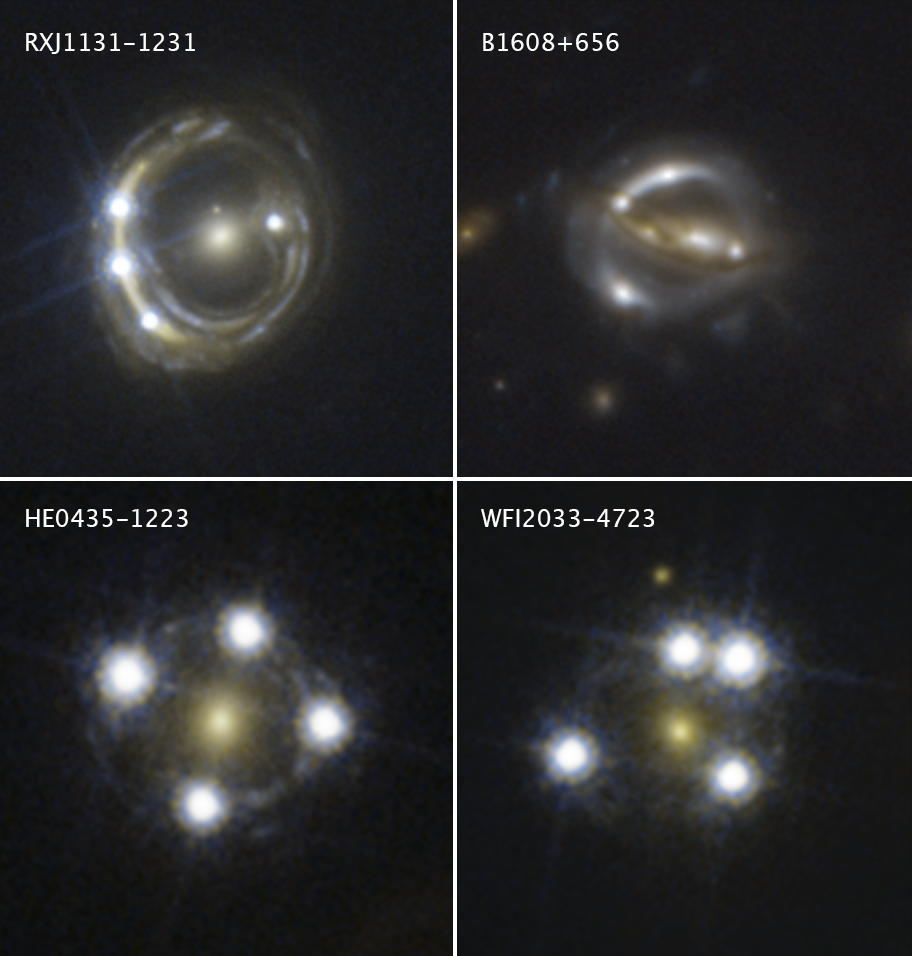Astronomer Edwin Hubble first measured the expansion rate of the universe in 1929. Using the 100-inch Hooker Telescope on Mount Wilson in California, Hubble discovered that the farther a galaxy is from us, the faster it appears to be receding into space away from us. Hubble uncovered this linear relationship by plotting his observations of 24 nearby galaxies – their observed velocities vs. their distance. That plot revealed that the universe was expanding uniformly in all directions. The rate of that expansion, a value called the Hubble Constant, is an essential ingredient in determining the age, size, and fate of the cosmos.
Though exceptional for their time, Edwin Hubble’s original distance measurements were imprecise and gave an approximate age of the universe between 10 billion to 20 billion years.
Nearly a century after Edwin Hubble’s momentous discovery, the telescope named in his honor refined those distance measurements. Astronomers use the telescope to measure distances by comparing the brightness of a known object in our galaxy (like a star or a supernova) to that of similar objects in a distant galaxy. They then couple those distances with the best galaxy-velocity measurements obtained from other telescopes. After more than three decades of observations, teams using Hubble’s extraordinary capabilities measured the expansion rate to a precision of just over 1%, about eight times more precise than they originally anticipated! This value for the Hubble Constant puts the age of the universe at about 13.8 billion years old. However, there is a twist…
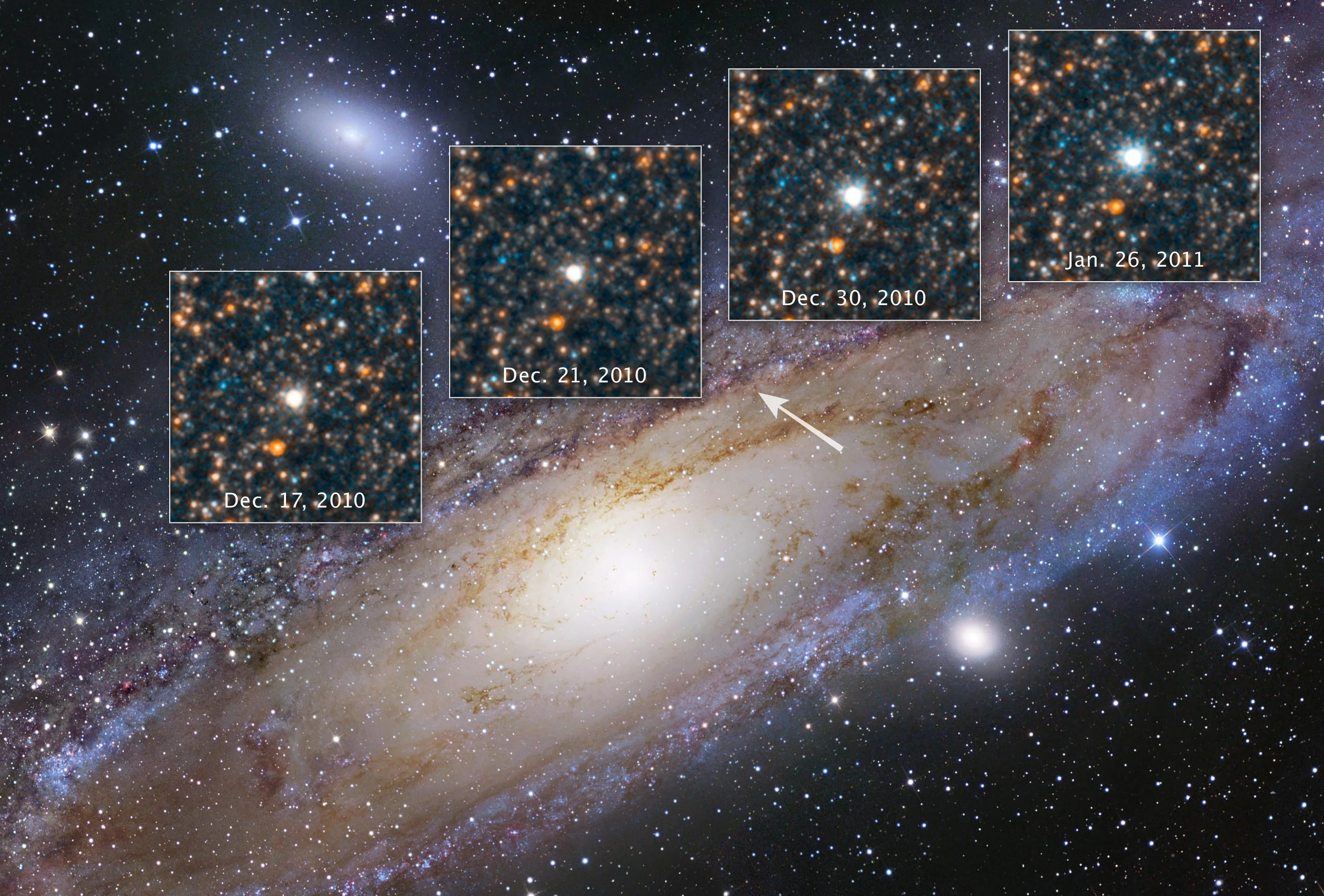
In 2011, Hubble observations, along with those of ground-based observatories, surprised astronomers by revealing that the universe is not just expanding, but accelerating – a discovery that won the 2011 Nobel Prize in Physics. Many scientists believe an invisible force, called “dark energy,” causes this acceleration. We can think of dark energy as an “antigravity” or repelling force that pushes galaxies apart by stretching space at an increasing pace. Although current technology does not allow us to directly measure dark energy, we can characterize it by observing its effect on normal matter in the visible universe. From these observations, scientists estimate that dark energy is about 68%, dark matter is about 27%, while normal matter and energy are only about 5% of the entire universe. By studying how dark energy behaves over time, astronomers hope to gain a better understanding of what it is and how it might affect the future of the cosmos.
NASA; Producer & Director: James Leigh

NASA, ESA, and Z. Levay and G. Bacon (STScI)
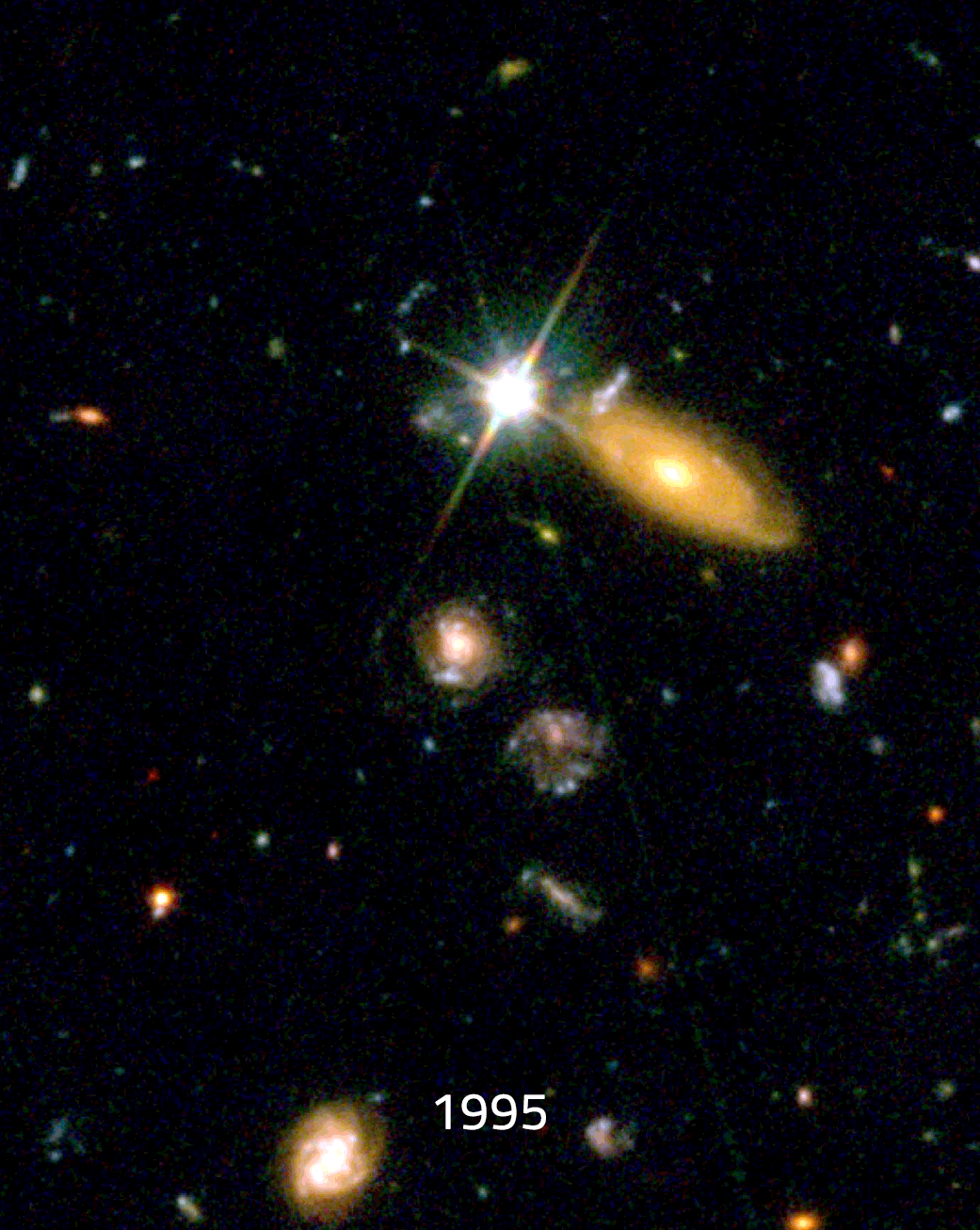
NASA; Producer & Director: James Leigh
Learn More
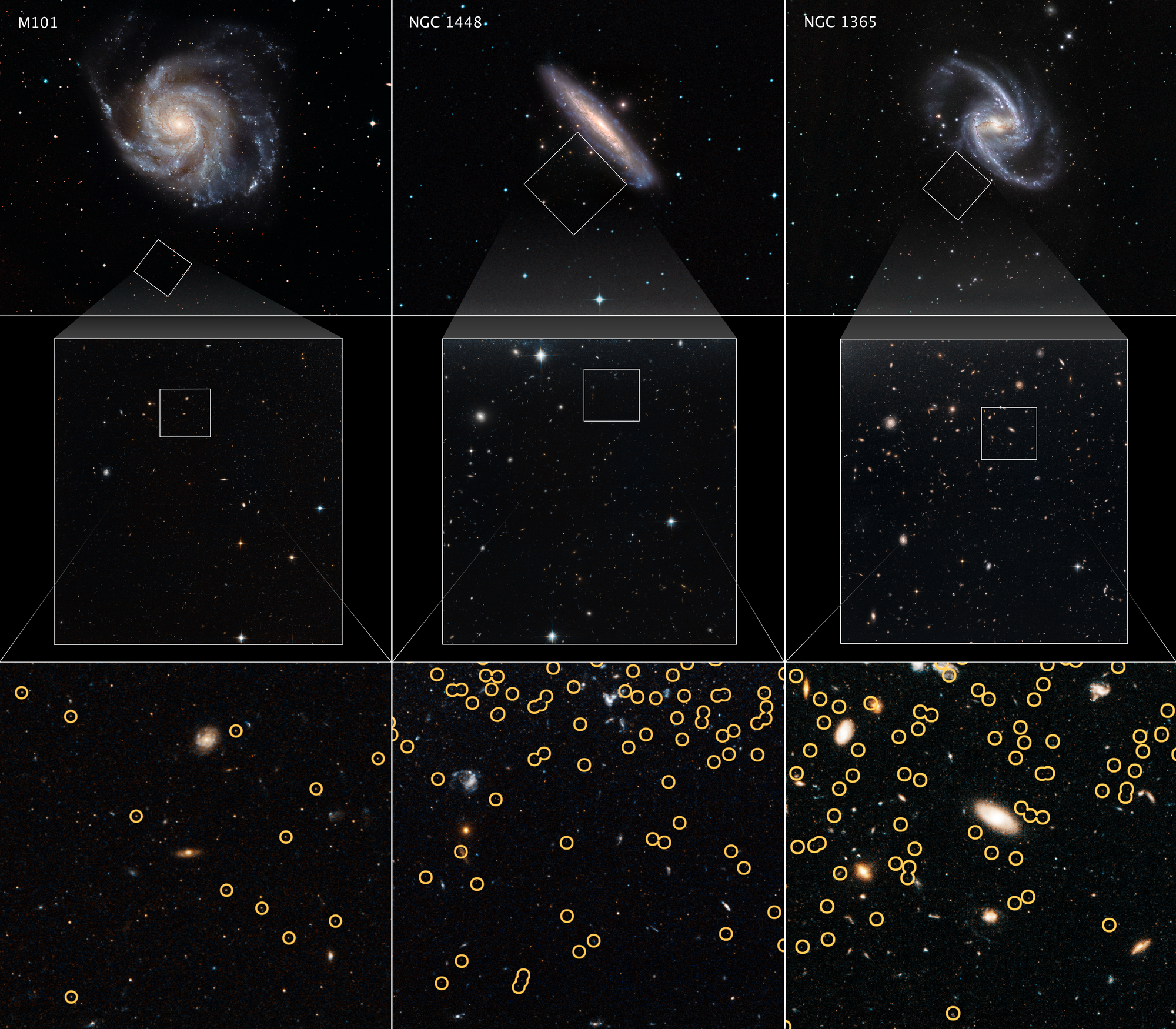
New Measure of Hubble Constant Adds to Mystery of Universe's Expansion Rate
Astronomers have made a new measurement of how fast the universe is expanding, using an entirely different kind of star than previous endeavors. The revised measurement, falls in the center of a hotly debated question in astrophysics that may lead to a new interpretation of the universe's fundamental properties.
Explore Other Hubble Science Highlights
Learn about some of Hubble's most exciting scientific discoveries.
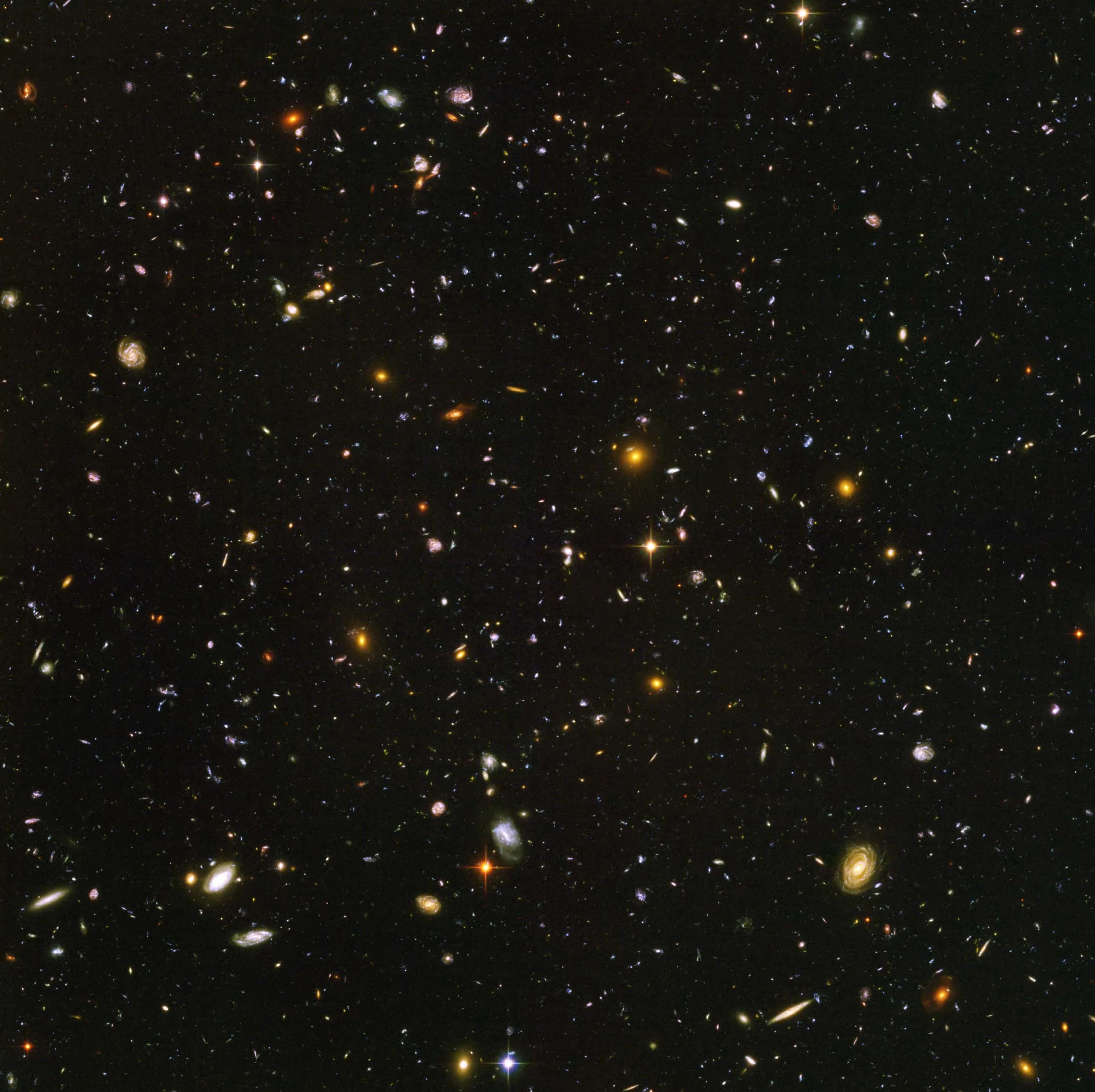
Tracing the Growth of Galaxies
Hubble is instrumental in uncovering the various stages of galactic evolution.
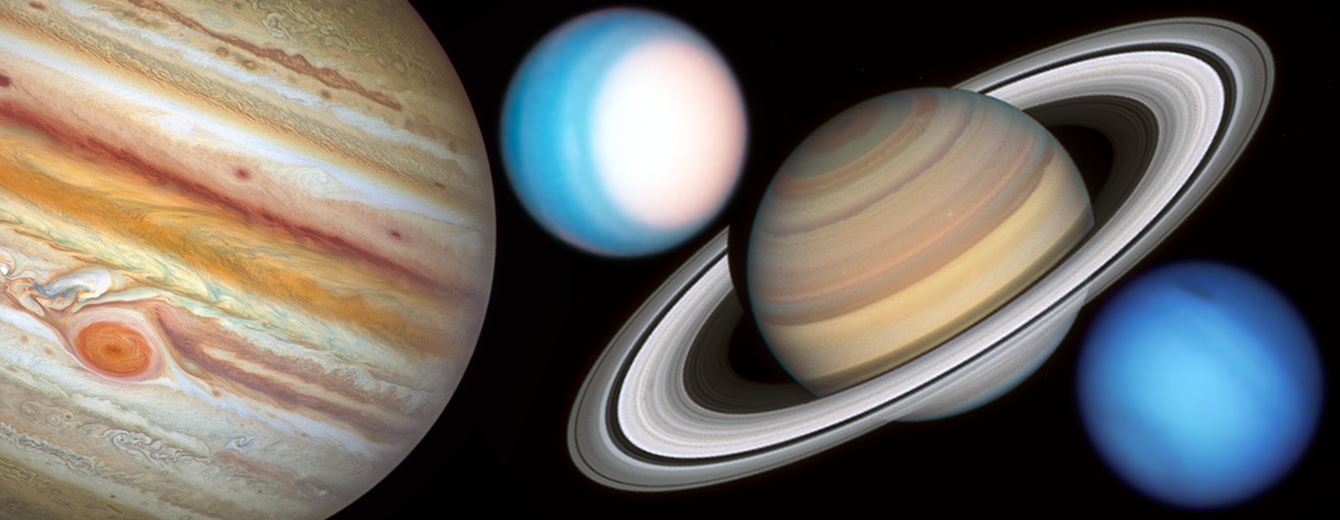
Studying the Outer Planets and Moons
Hubble’s systematic observations chart the ever-changing environments of our solar system's giant planets and their moons.
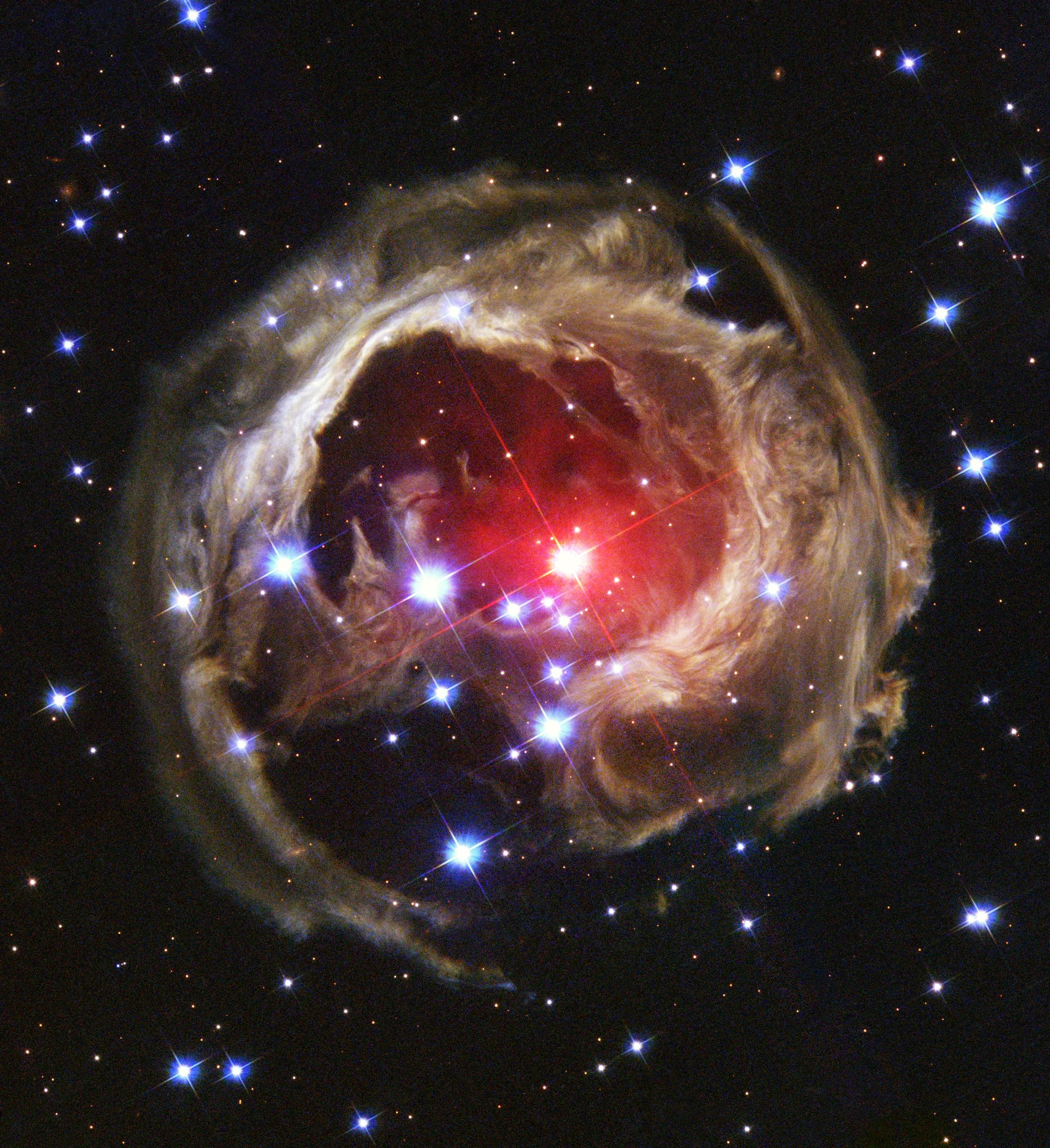
Seeing Light Echoes
Like ripples on a pond, pulses of light reverberate through cosmic clouds forming echoes of light.
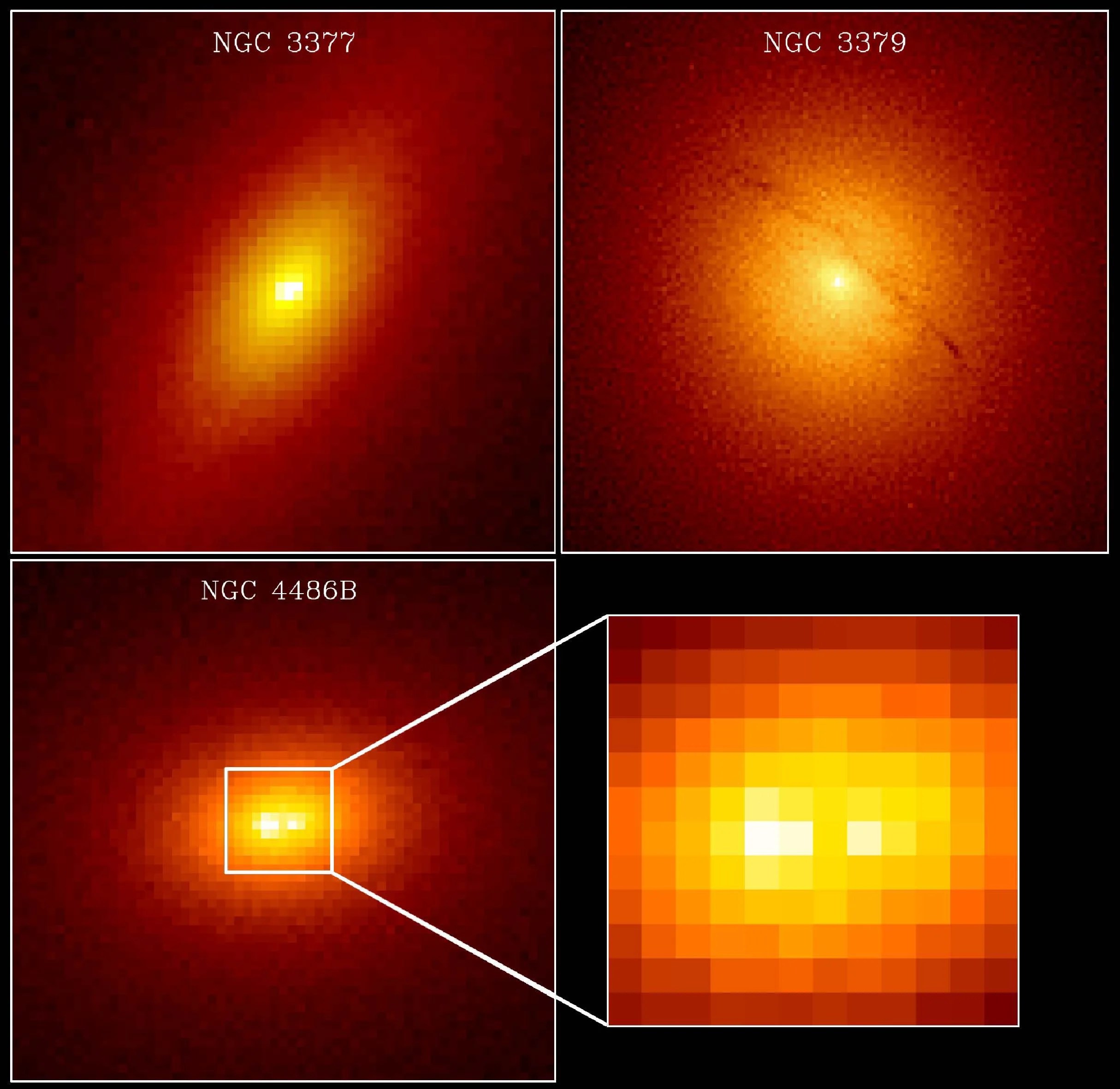
Monster Black Holes are Everywhere
Supermassive black holes lie at the heart of nearly every galaxy.
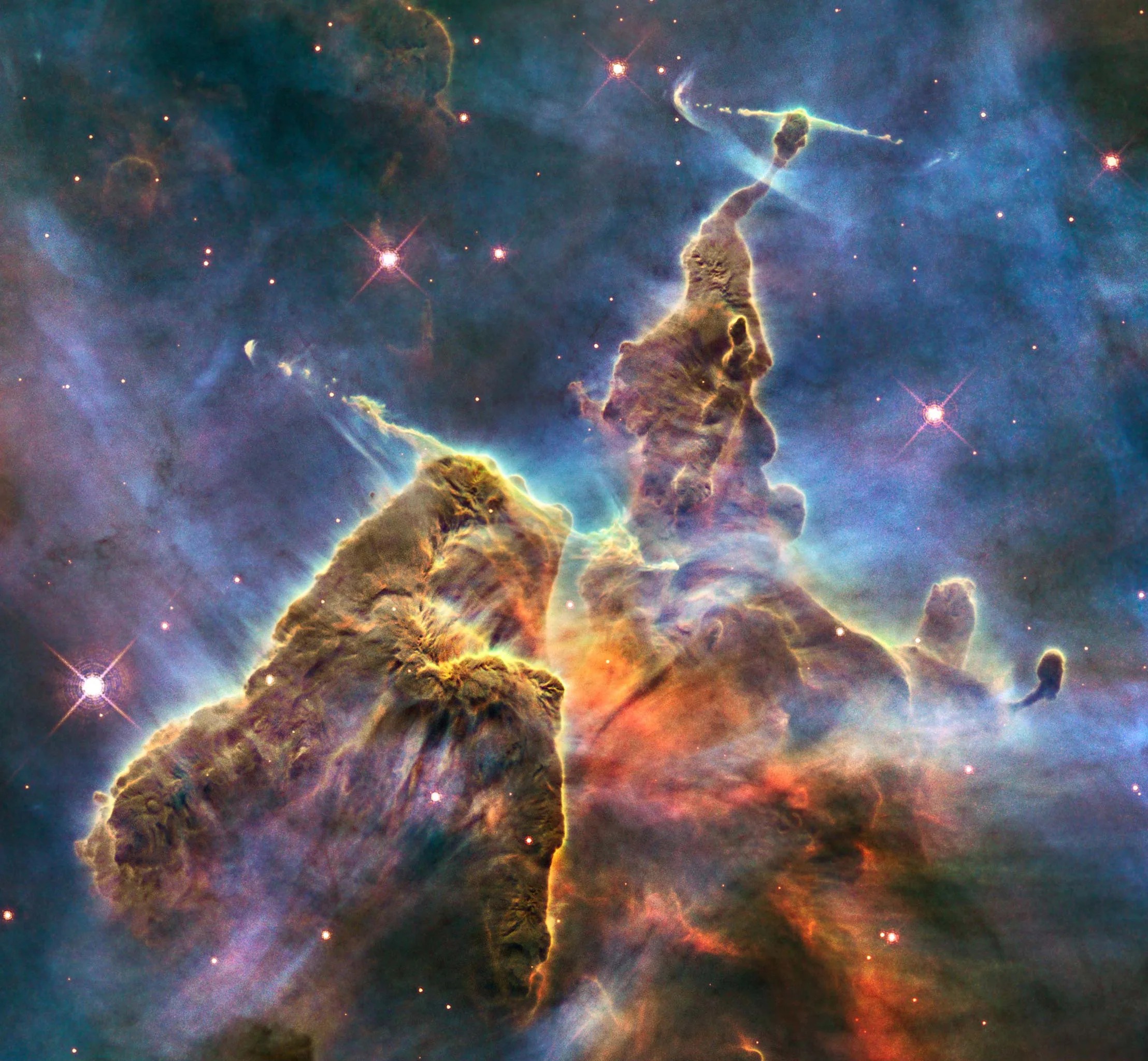
Exploring the Birth of Stars
Hubble’s near-infrared instruments see through the gas and dust clouds surrounding newborn stars.
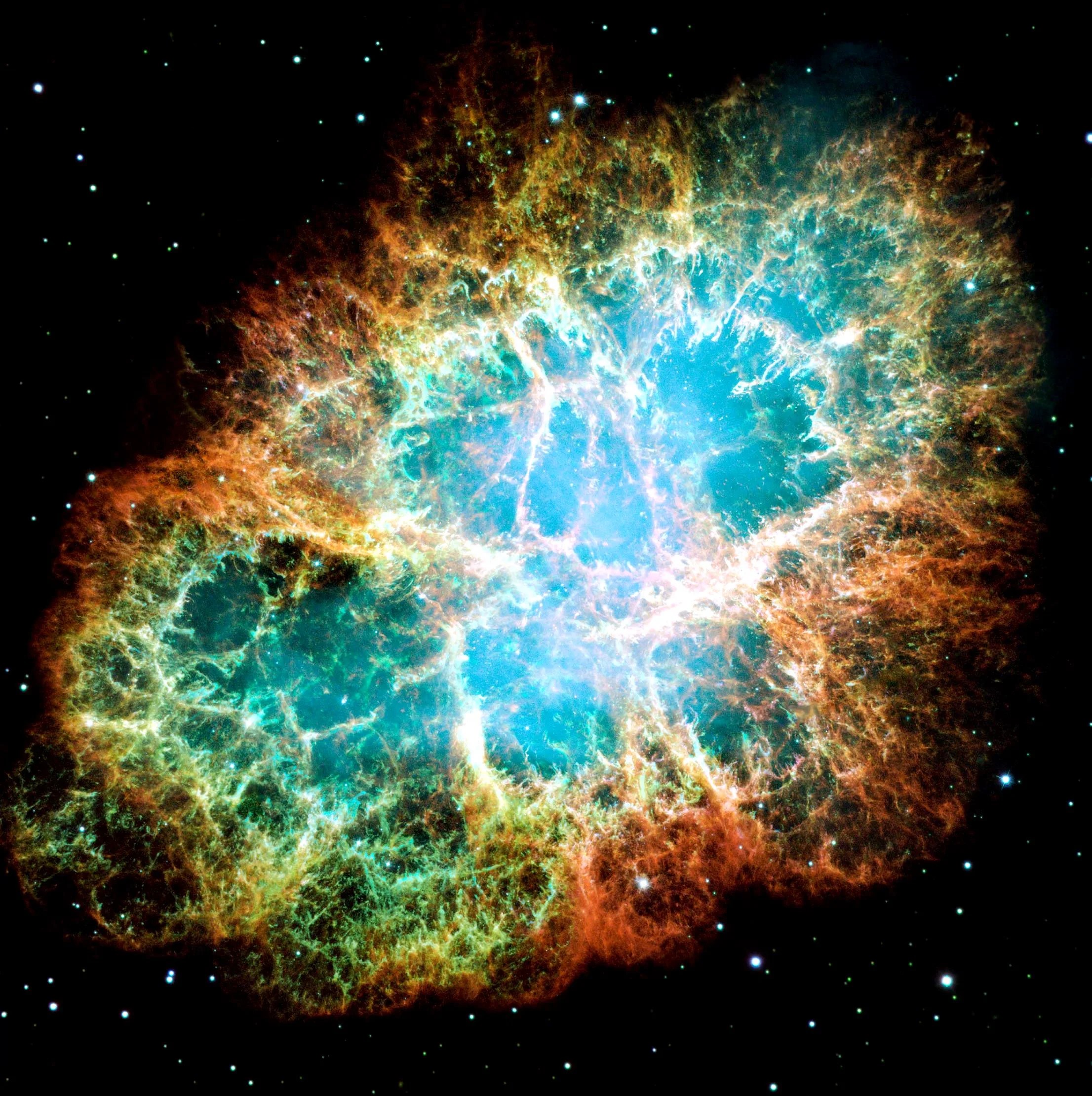
The Death Throws of Stars
From colliding neutron stars to exploding supernovae, Hubble reveals details of some of the mysteries surrounding the deaths of stars.
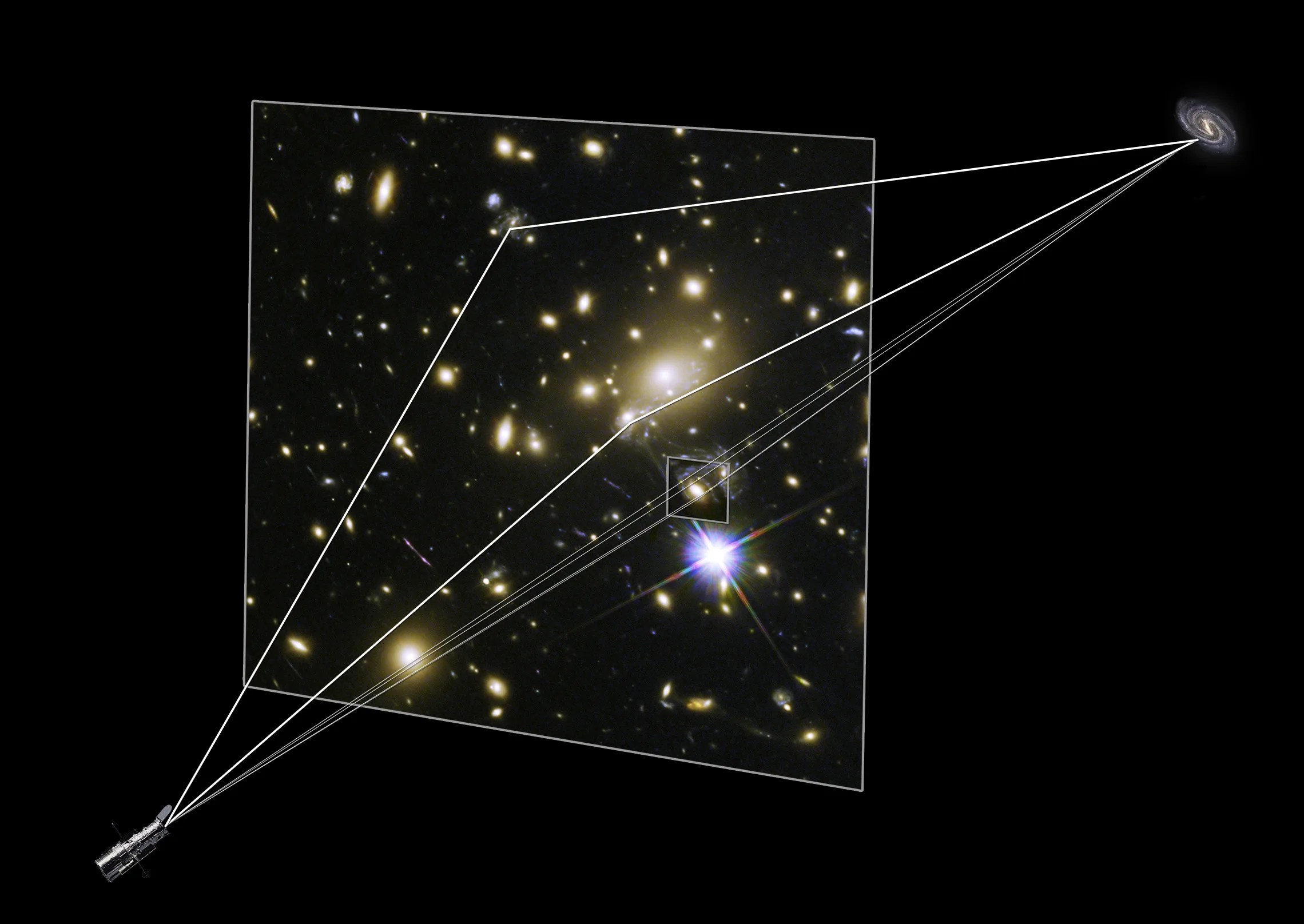
Shining a Light on Dark Matter
Hubble’s observations help astronomers uncover the underlying structure of the universe.
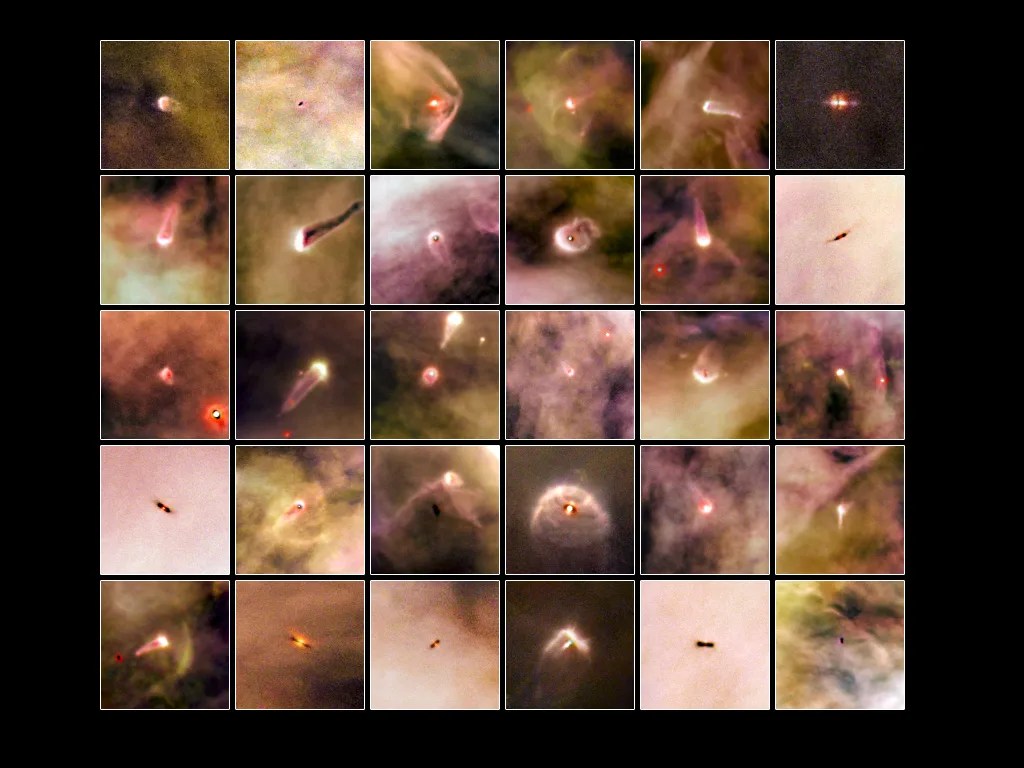
Finding Planetary Construction Zones
Hubble’s sensitivity can reveal great disks of gas and dust around stars.
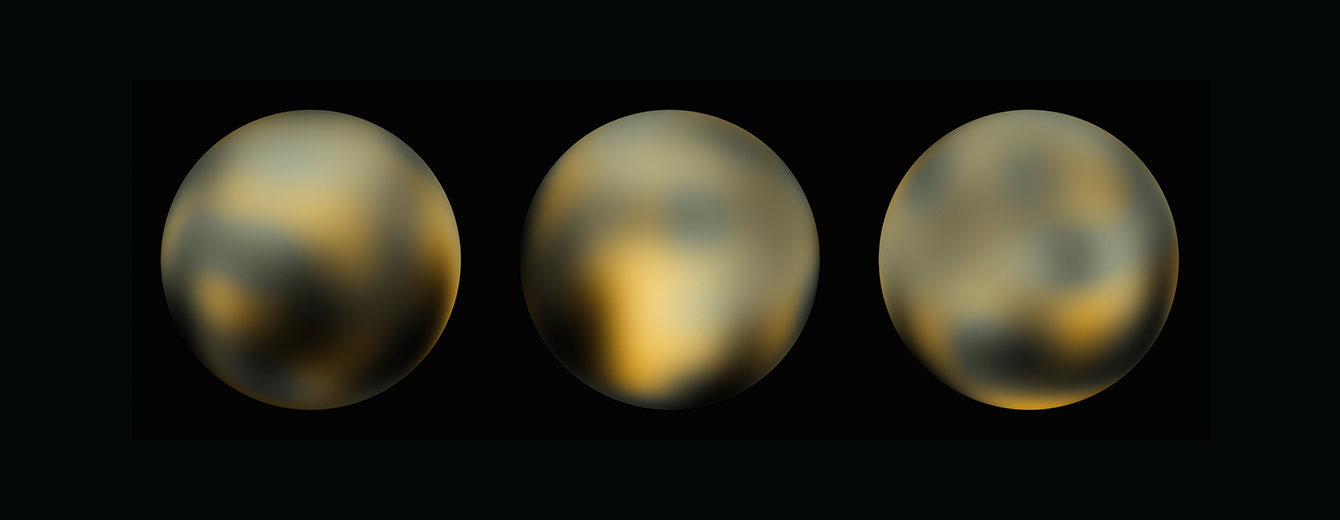
Uncovering Icy Objects in the Kuiper Belt
Hubble’s discoveries helped NASA plan the New Horizon spacecraft’s flyby of Pluto and beyond.
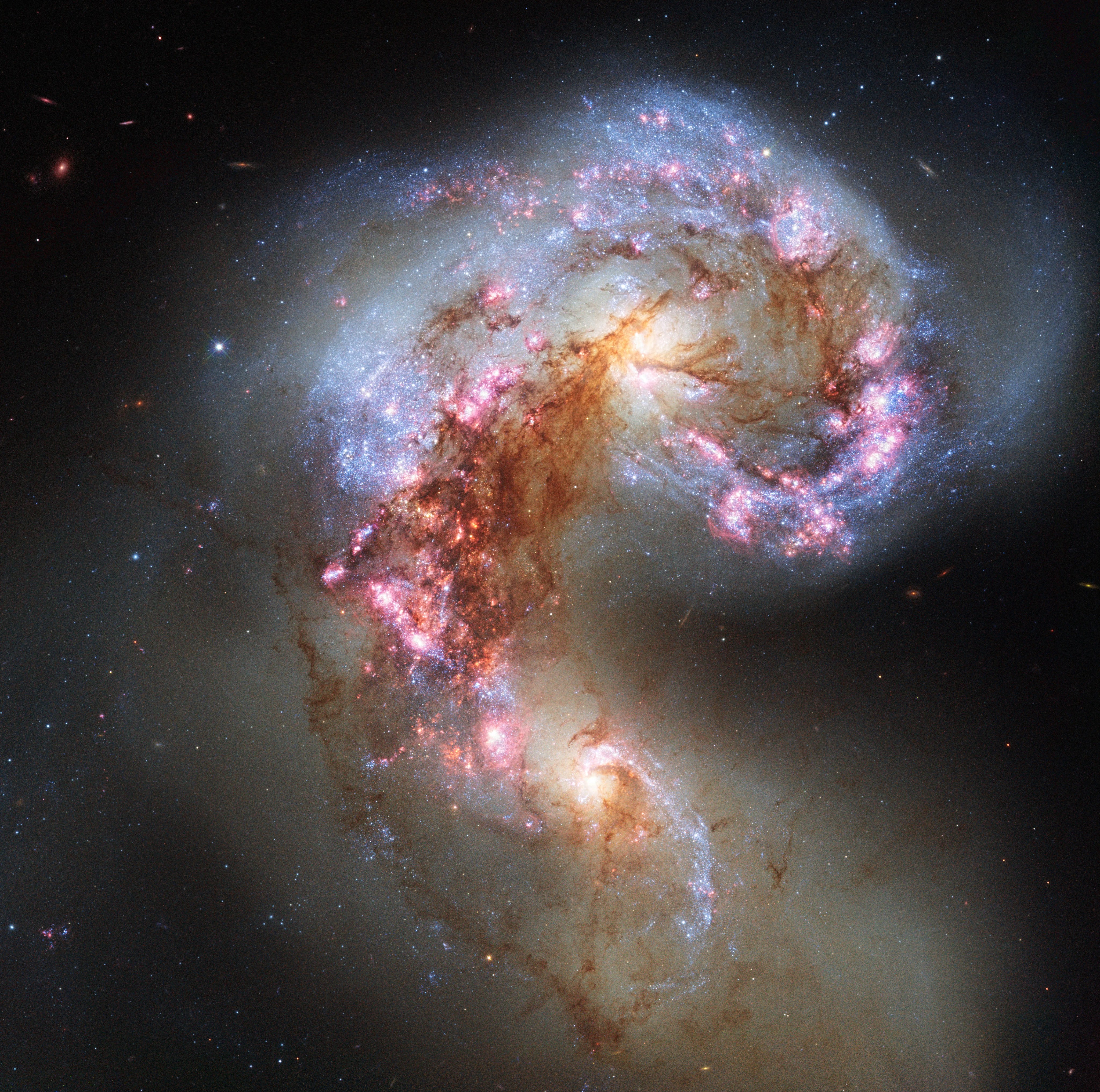
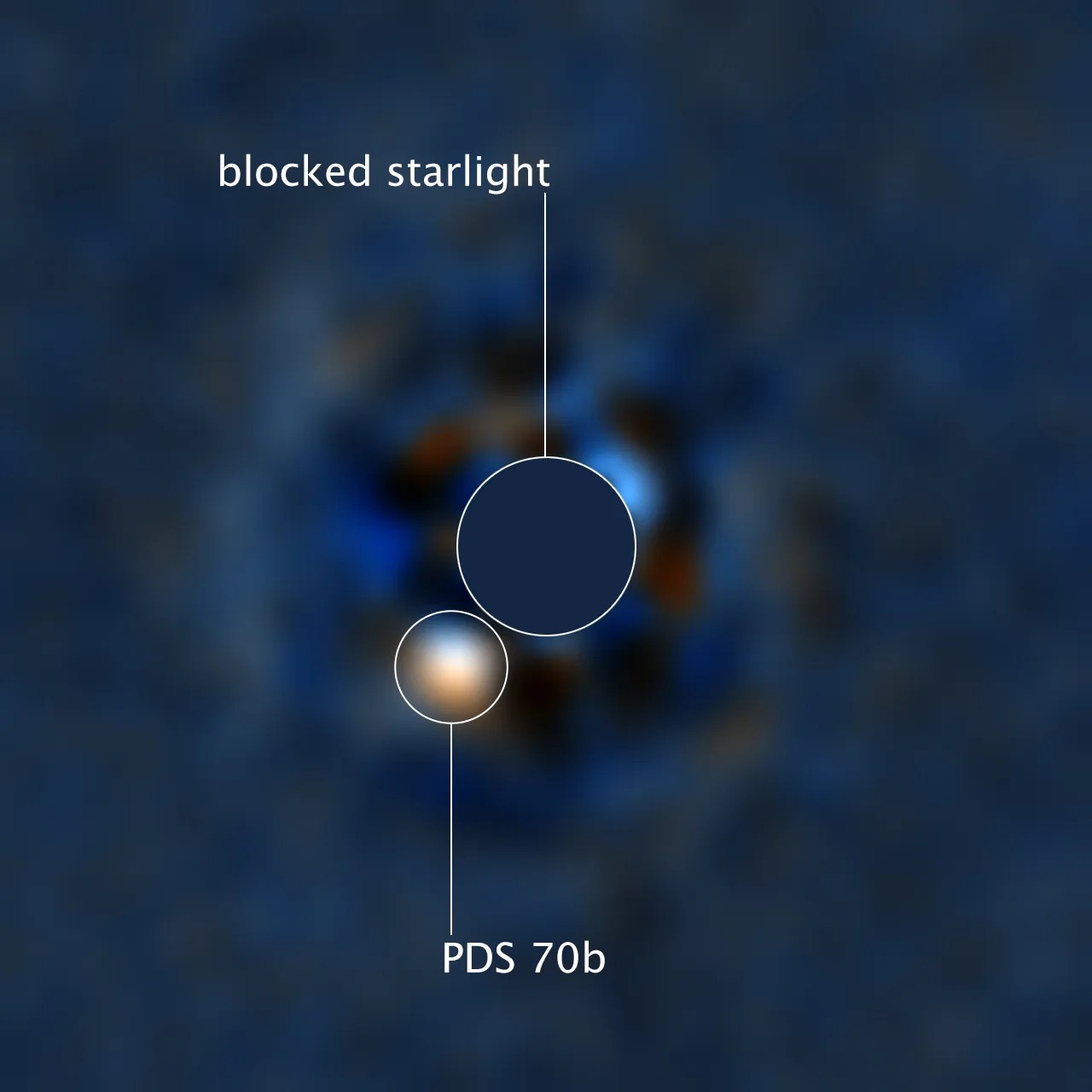
Recognizing Worlds Beyond Our Sun
Hubble’s unique capabilities allow it to explore planetary systems around other stars.
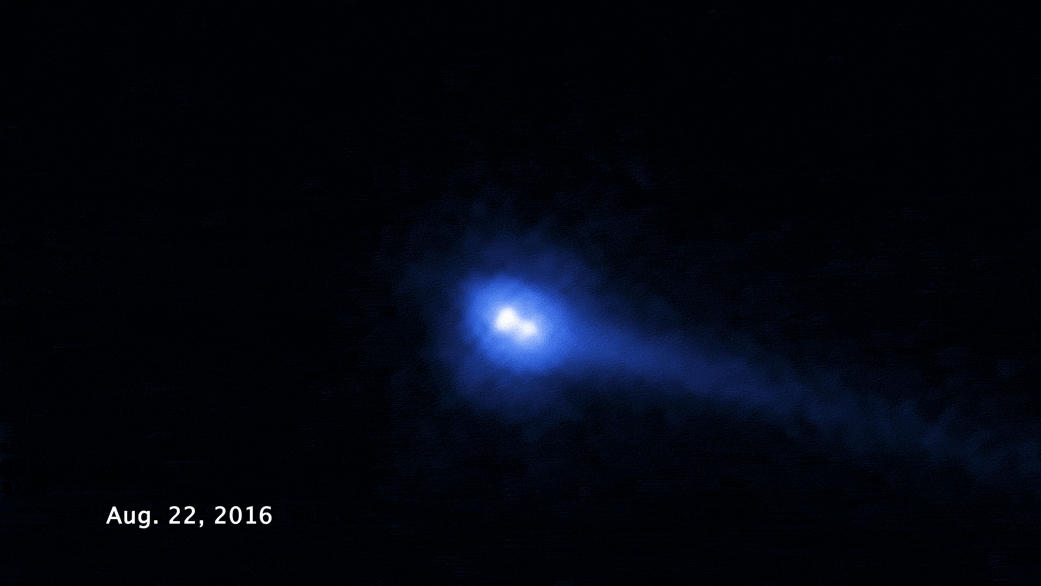
Tracking Evolution in the Asteroid Belt
These conglomerates of rock and ice may hold clues to the early solar system.

